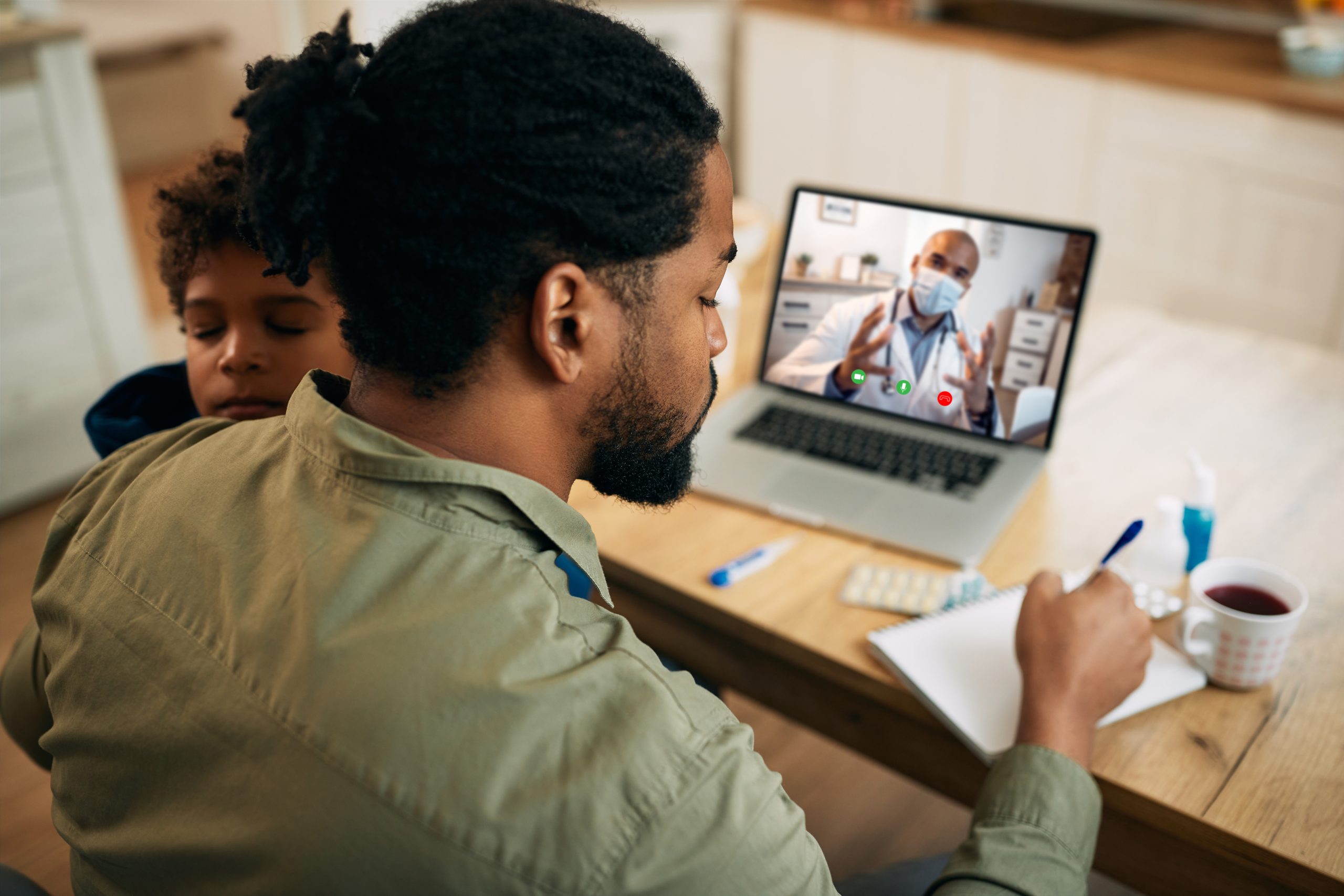Mar 16
2022
6 Ways To Improve The Telehealth Patient Experience
 Access to healthcare has become even more critical than ever. The COVID-19 surge did not stop healthcare workers from fulfilling their oath and addressing medical concerns quickly and appropriately.
Access to healthcare has become even more critical than ever. The COVID-19 surge did not stop healthcare workers from fulfilling their oath and addressing medical concerns quickly and appropriately.
Telehealth is not a novel idea; it has been around since the 1960s when the military in war-torn places and astronauts in space needed medical guidance for their afflictions. At the beginning of COVID-19, telehealth had a value of $50 billion and is forecasted to balloon to $460 billion by 2030.
With the uncertainty of the current situation and the health risk of exposure to the virus, many medical professionals prefer to perform patient assessments and evaluations remotely.
Because of this, professional IT services were utilized to ensure a smooth and seamless patient experience. If you have plans on revamping your telehealth services, you might want to check out and visit https://netsurit.com/en-za/managed-it-services-cape-town/. They provide the best professional IT services for your peace of mind as you conduct your responsibility to your patients.
Here are some ways to improve the telehealth patient experience in these challenging times:
- Ensure You Have A Strong Internet Connection
A stable, uninterrupted internet connection is one of the foundations of an excellent telehealth experience. Nothing like a poor internet signal can make patient evaluation suffer. A managed IT service company can hook you up with a great ISP or internet service provider. They know which players are reliable and have a reputable background.
- Make Sure You Have A Backup Connection
If all else fails, always have a plan B. You cannot leave a patient hanging on the screen, so if your primary internet connection is not performing at its best, you need to switch to your backup, which could be 4G, 5G, LTE or wireless broadband. An experienced IT specialist can make this decision for you.
- Enhanced Cyber Security For Your Patient’s Protection
The medical field is one of the most prone to cyber-attacks. Cybercriminals are always looking for ways to infiltrate organizations and access sensitive information they could hold hostage for ransom. In 2020 there was an increase in a data breach in the healthcare sector by 42%. Hacking incidents continue to climb, beginning in 2019 since the healthcare sector was mainly unprepared for the unforeseen arrival of Covid-19.
More than 31 million patient records were exposed to hackers, jeopardizing the hospital’s finances, reputation, and livelihood of many patients. With that in mind, protecting sensitive patient data should be one of your priorities as you conduct telehealth with your patients. Enhanced cybersecurity from a managed IT service company will give you the protection you and your patient needs.
- Use A Reliable Videoconferencing App
There is now a plethora of video conferencing apps you can use for your telehealth service. Although there are many free tools available, you have to ensure that you’re using a version that’s intended for healthcare. There are video conferencing apps that are HIPAA (Health Insurance Portability and Accountability Act) and HITECH (Health Information Technology for Economic and Clinical Health) compliant. The software also can integrate with medical devices such as digital stethoscopes, patients’ health records and exam cameras. The software also allows for more than one participant, so if the patient’s family would like to get updated with the health status of their family member, they can join in. Healthcare providers can also share their screen to educate patients with their diagnosis.
- Elevate Your Device
Eye contact is essential even in a virtual meeting. You must position your device so that you’re not too high, creating the impression that you’re looking down on your patient, or you might be too low, making the patient uncomfortable talking to you. If you’re using a laptop, you must have an adjustable platform to place it and make the necessary adjustments before starting with the consultation.
- Provide Ample Time To Test Equipment
Each consultation allotment is about an hour, but that dedicated time for patient consultation should not include fixing technical glitches. Devote the time allotted for your patient to their health assessment.
Conclusion
Patients can now benefit from the best care no matter where they are. Improved access to health care is now possible with technology. Patient outcomes are now more positive and hopeful. Gone are the days when the excuse for not seeing the doctor is because of the rigors of travel. Unless you need surgery, you can find out vital information to heal your affliction with a licensed medical professional through telehealth.